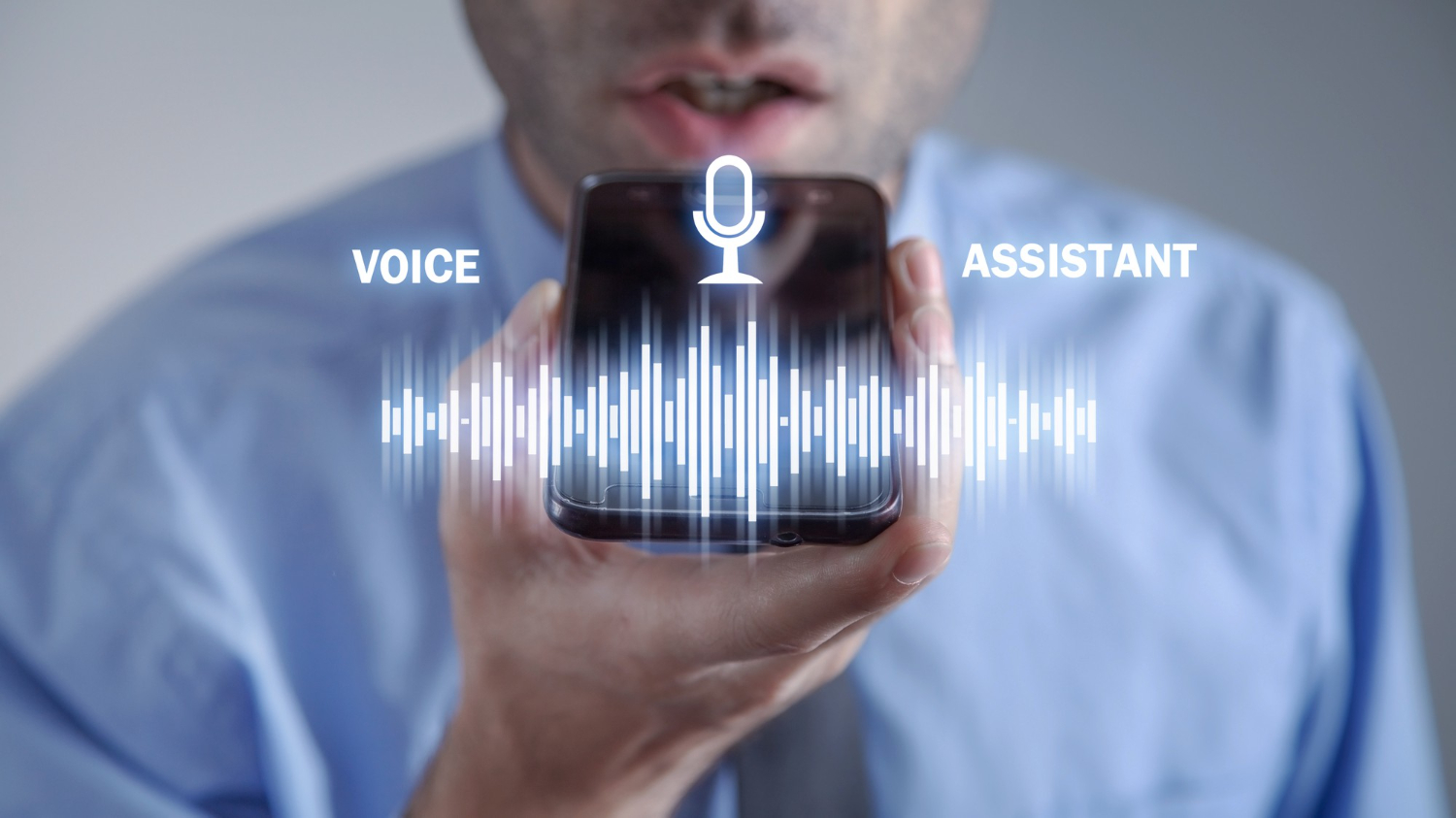Voice-to-text APIs are quietly but powerfully reshaping how businesses and healthcare providers turn spoken words into actionable data. Once a futuristic novelty, speech technology has become a mission-critical tool that keeps doctors focused on patients, helps customer service agents solve problems faster, and lets countless professionals handle information without missing a beat.
But here is the catch: not every speech-to-text solution lives up to the hype. A recent study reveals that more than 82% of organizations now rely on some form of voice-enabled technology, yet many struggle with disappointing accuracy and frustrating delays. The stakes could not be higher. In healthcare, a single mistranscribed word can lead to a wrong diagnosis or dangerous treatment. The National Institutes of Health warns that high word error rates in medical transcription directly increase the risk of medical errors, putting patient safety on the line.
Speech recognition is no longer just about convenience. It is a silent partner in critical decisions. As organizations race to adopt voice technology, understanding which solutions truly deliver accurate, real-time transcriptions can make the difference between success and costly mistakes.

How Voice-to-Text APIs Really Work
A voice-to-text API turns spoken words into written text using Automatic Speech Recognition technology, or ASR. Modern APIs rely on advanced machine learning to handle different accents, speech speeds, and even background noise. While it might sound straightforward, the process is anything but simple. For instance, as a recent report on integrating medical speech recognition shows, background noise in busy clinics can dramatically reduce transcription accuracy, making reliable ASR a real challenge.
High-quality APIs go beyond just recognizing words. They identify specialized terms used in industries like medicine or finance — a feature known as vocabulary customization. In healthcare, this can be critical. Accurately distinguishing between “hypertension” and “hypotension” isn’t just a matter of precision; it can mean the difference between the right treatment and a dangerous mistake.
What Really Matters in Voice-to-Text APIs
Choosing the right speech-to-text API isn’t just about picking the cheapest or most popular option. The best solution depends on the demands of your specific use case, and there are three core features you should always compare:
- Accuracy. A lower Word Error Rate (WER) means what’s spoken matches what’s transcribed. Even small differences in WER can add up quickly in real-world use. Solutions like the Graphlogic.ai Speech-to-Text API report WER as low as 8.5, which is impressive for noisy or fast-paced environments. Keep in mind that some modern APIs now offer automatic punctuation and capitalization, which also improves readability and reduces post-editing time.
- Latency. Low latency is critical when you need systems to respond in real time. A delay of even half a second can make a telehealth session feel awkward or cause a customer support conversation to lose its natural flow. Newer APIs in 2025 offer streaming transcription with end-to-end delays as low as 100–200 milliseconds, which is practically instantaneous for human conversation.
- Language and Dialect Support. Global applications need accurate transcription in many languages, but that’s not enough — local dialects, slang, and regional accents can trip up most systems. Some APIs claim support for dozens of languages but struggle with variations like Mexican Spanish vs. Castilian Spanish or Indian English vs. British English. Advanced solutions now include accent adaptation features, letting the model automatically adjust to a speaker’s regional accent, improving accuracy without extra training.

How Voice-to-Text Transforms Real-World Workflows
Voice-to-text APIs are no longer just tools for smart assistants like Siri. In healthcare, they let doctors dictate notes straight into Electronic Health Record systems, saving time and reducing manual entry errors. The American Medical Association notes that these tools now integrate with ambient clinical intelligence (ACI) systems, which can passively listen during patient visits and automatically generate draft notes, capturing relevant medical terms and even patient-reported symptoms without active dictation.
Some advanced voice solutions can identify speakers in multi-party medical conversations, such as consultations involving doctors, nurses, and family members — a capability called diarization — which helps keep records organized by who said what. This is increasingly important for telemedicine and team-based care models.
In customer service, real-time transcription doesn’t just help supervisors monitor live calls; many companies now combine it with real-time keyword spotting to trigger workflows instantly — for example, opening a support ticket when a customer says “cancel my account.” Modern APIs can also detect acoustic features like prolonged silences or rising voice pitch, which are early signs of customer frustration. According to recent Harvard Business Review research, service centers using these signals see faster resolutions and higher customer satisfaction scores.
Another emerging trend is integrating transcriptions with Large Language Models (LLMs) for live conversation summarization. This means supervisors or agents can get instant, AI-generated summaries after a call instead of reading through full transcripts, which saves time and improves follow-up quality. In regulated industries like banking, some providers now offer on-premises or private cloud deployment of these real-time transcription and summarization systems, helping organizations comply with stricter 2025 data residency laws and avoid storing sensitive recordings outside their country.
The table below summarizes these use cases and highlights the latest developments in voice-to-text technology as of 2025:
| Use case | What it does | Key 2025 details & trends |
| Healthcare dictation | Doctors dictate notes directly into Electronic Health Record systems. | Ambient Clinical Intelligence (ACI) passively generates drafts during visits; diarization separates speakers in multi-party consultations. |
| Customer service monitoring | Supervisors monitor calls live and step in when agents need help. | Keyword spotting triggers workflows instantly; acoustic features like silences or rising pitch detect frustration early. |
| Sentiment & compliance analysis | Analyze calls automatically to find customer sentiment or compliance issues. | Integration with LLMs generates live conversation summaries; on-premises/private cloud options support new data residency rules. |
| Speaker identification | Distinguish between multiple people talking in the same call or consultation. | Advanced diarization supports team-based care or conference-style customer interactions, keeping records organized. |
Challenges and Considerations
Not every voice-to-text API is created equal. Picking the right one isn’t just a matter of checking off features — it’s a careful balance of speed, cost, accuracy, and how well the system can adapt to your needs.
Customization can make or break success in industries packed with specialized terminology, like healthcare, law, or engineering. A system that lets you train it with your own vocabulary can mean the difference between flawless transcriptions and confusing, error-filled text. In medicine, for example, mistaking “hypertension” for “hypotension” could have life-or-death consequences.
For organizations handling sensitive data, on-premises deployment isn’t a luxury — it’s a necessity. Privacy regulations like HIPAA or GDPR require strict control over patient or customer data. Platforms such as the Graphlogic.ai Virtual Avatar offer on-premises or private cloud options, giving you full ownership of your data without sacrificing performance.
Testing any API with real-world audio is where the rubber meets the road. Office chatter, background noise, diverse accents, and overlapping conversations are the reality — and they often trip up even the best systems. Major players like Microsoft Azure and Google Speech-to-Text each have unique strengths and weaknesses that only become clear when you throw your own messy, imperfect recordings at them. That’s the only way to know if a voice-to-text API can handle your actual environment, not just a polished demo.
Where the Market Is Going
Voice technology is racing ahead, transforming how we understand and respond to spoken words. Today’s cutting-edge models don’t just recognize what people say; they can detect emotions, intonation, and even subtle patterns that hint at stress or fatigue. This leap in nuance is becoming vital for smarter customer support systems and tools that monitor mental well-being, whether in workplace health programs or early detection of depression and burnout.
A big push in the industry is toward multimodal systems that blend voice, video, and biometric signals. Imagine analyzing speech alongside micro-expressions on someone’s face, giving a far clearer picture of intent or honesty. This technology isn’t theoretical; it is already being piloted in high-stakes interviews, remote HR screenings, and telemedicine sessions.
Another powerful driver is retrieval-augmented generation (RAG), which merges large language models with live, up-to-date knowledge bases. Instead of canned answers, chatbots and voice assistants can now deliver responses that are relevant, specific, and even personalized based on a user’s history. Companies like Graphlogic.ai are pushing this frontier with systems that let you update knowledge bases on the fly without retraining the entire model.
Meanwhile, edge computing, or processing voice data directly on devices or nearby servers, is picking up steam. It slashes response times, which is crucial for real-time applications like in-car voice control, industrial automation, or emergency services. And because less data travels across the internet, edge processing boosts privacy and helps meet strict regulations like HIPAA or GDPR.
One of the most intriguing trends is the use of acoustic biometrics, or unique voice patterns captured in spectrograms or microvibrations, to confirm identity or spot early signs of disease. Subtle changes in voice can reveal the onset of conditions like Parkinson’s or even COVID-19 before other symptoms appear, opening doors to groundbreaking diagnostic and personalized health tools through everyday speech.
Together, these breakthroughs are shaping a future where voice technology doesn’t just hear us but truly understands us, more accurately, more securely, and more personally than ever before.
Bottom Line
Voice-to-text APIs are no longer optional tools — they are becoming essential for healthcare, customer service, and other industries where fast and accurate transcription can directly affect outcomes. But every use case has unique needs. Testing APIs under real conditions and prioritizing features like low latency, high accuracy, and customization can mean the difference between successful automation and wasted investment.
For anyone looking to explore state-of-the-art options, start with reputable providers and review their real-world performance. Evaluate features and limitations, and remember: in fields like healthcare, getting transcription right isn’t just about convenience — it’s about safety and quality of care.
FAQ
A Voice-to-Text API converts spoken language into written text using Automatic Speech Recognition (ASR) technology powered by machine learning. It analyzes audio signals, accounts for accents, background noise, and industry-specific terminology to provide accurate transcription even in challenging environments.
Accuracy is measured by Word Error Rate (WER). Even small errors can lead to serious consequences — for example, misinterpreting “hypertension” as “hypotension” could result in incorrect diagnosis or treatment. Therefore, high accuracy is critical for voice systems used in medical settings.
When selecting an API, consider:
- Accuracy (WER)
- Latency
- Language and dialect support
- Custom vocabulary capabilities
- Compatibility with private or on-premise deployments
- In healthcare , doctors use voice input to enter data into EHR systems. Ambient Clinical Intelligence (ACI) systems passively record consultations and generate automated reports.
- In customer service , APIs enable call monitoring, real-time ticketing via keyword detection, sentiment analysis, and automatic report generation using LLMs.

